The Blue Egg Phenomenon: Why Are Bird Eggs Blue? Discover the Species and unravel the secrets that captivate bird enthusiasts and nature lovers alike. Imagine stumbling upon a nest adorned with strikingly blue eggs, a sight so captivating it leaves you wondering about the mysterious beauty of nature. From the American Robin to the Eastern Bluebird, these azure treasures are more than just a visual feast—they hold fascinating evolutionary tales and scientific curiosities that will leave you enchanted. Get ready to dive into the world of avian wonders and uncover why these species flaunt such stunning eggshells that are as mesmerizing as they are extraordinary.
The Phenomenon of Blue Eggs
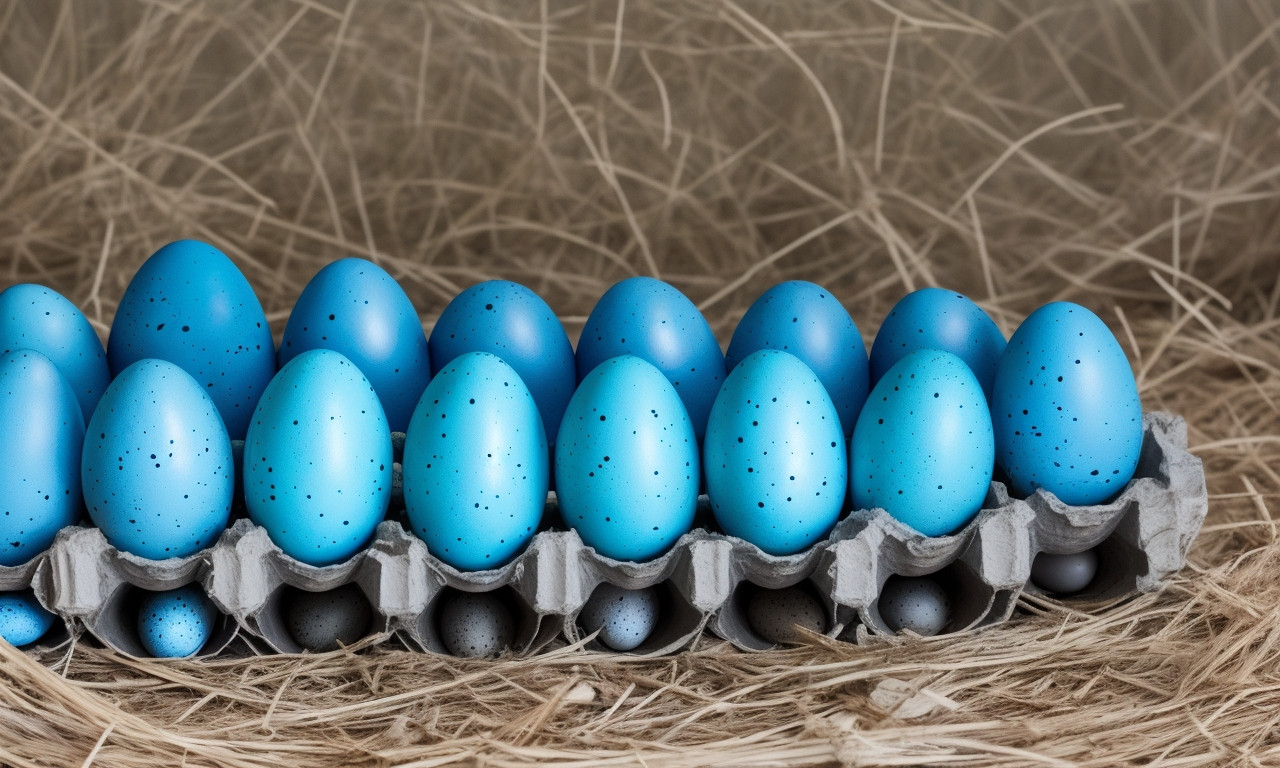
The phenomenon of blue eggs intrigues bird enthusiasts and ornithologists alike, sparking curiosity about the causes and the species involved. Tucked away in nature’s nests are bird eggs that boast vibrant, blue hues. Understanding this phenomenon of blue eggs involves exploring the evolutionary advantages and the specific birds that lay them.
Species like the American Robin and the Eastern Bluebird are renowned for their strikingly blue eggs. The color comes primarily from biliverdin, a pigment deposited on the shell during egg formation. While the vivid pigmentation is unmistakably beautiful, it has practical benefits. The hue is known to offer camouflage against predators. Against a backdrop of sky and foliage, the blue eggs become less conspicuous, ensuring higher survival rates.
In addition to camouflage, the phenomenon of blue eggs is influenced by factors such as sunlight exposure and temperature regulation. The blue pigment can offer a balance of absorbing and reflecting sunlight, potentially aiding in maintaining optimal temperature conditions for embryo development.
As we unravel this natural marvel, it becomes evident that the blue egg’s coloration is more than mere aesthetic. The fascinating interplay between genetics, environmental factors, and survival strategies reveals the complexities of avian reproduction. The phenomenon of blue eggs continues to be a topic of wonder and scientific investigation, providing deeper insights into the diverse world of bird species.
European Starling
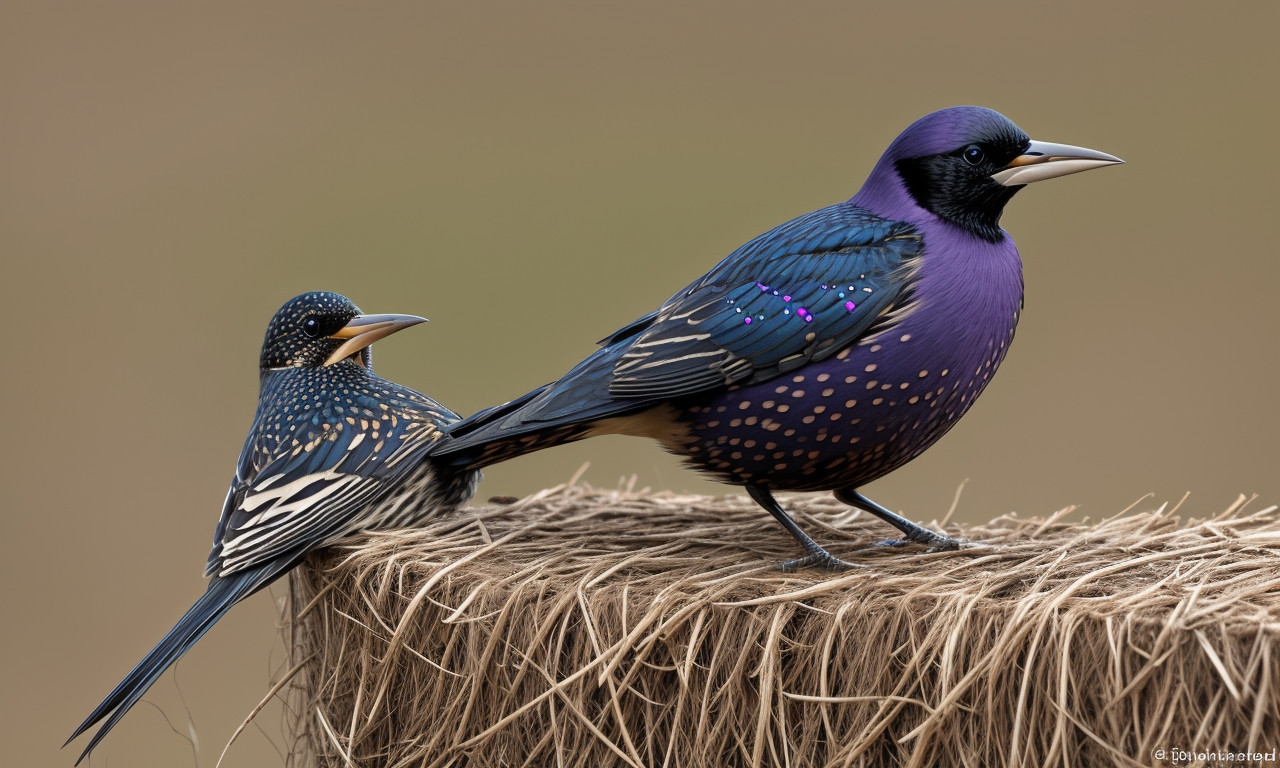
The Blue Egg Phenomenon captivates both ornithologists and bird enthusiasts alike. One of the intriguing species involved in this phenomenon is the European Starling. Why are some bird eggs blue? The reasons lie in a combination of camouflage, thermoregulation, and signaling health. The vivid blue coloration of these eggs comes from biliverdin, a pigment deposited on the eggshell during formation.
The European Starling, commonly found across Europe and North America, lays strikingly blue eggs. For these birds, the color isn’t just for show. The blue eggs may help in camouflaging from predators or in regulating the temperature of the developing embryo. In some cases, the intensity of the egg’s blue hue could signal the health and fertility of the female bird to potential mates.
Understanding the blue egg phenomenon in the European Starling opens windows to broader ecological insights. It’s fascinating to note how nature aligns form and function to meet survival needs. Whether it’s avoiding predation or enhancing mating success, the blue eggs of the European Starling serve critical roles in ensuring the continuity of their lineage. This captivating natural occurrence continues to spark scientific curiosity and appreciation among those who observe these vibrant avian wonders.
Blue Jay

The Blue Egg Phenomenon captivates bird enthusiasts and researchers alike, unraveling a vibrant aspect of avian life—why are bird eggs blue? Among the many species that lay blue eggs, the Blue Jay stands out prominently. Native to North America, Blue Jays are known for their striking blue plumage and intelligence, but their blue eggs also pique curiosity.
Blue Jay eggs boast a beautiful bluish-green hue, speckled with darker spots. This coloration is believed to aid in camouflage, helping eggs blend into the nest’s surroundings, which often include tree branches and leafy canopies. The blue pigmentation in the eggshells comes from biliverdin, a pigment deposited during the egg formation process. This pigmentation not only provides a protective coloration but may also indicate the health and vitality of the mother bird.
The coloration might also play a role in temperature regulation, absorbing just the right amount of sunlight. As we delve into different species, it becomes apparent that blue-colored eggs serve critical evolutionary purposes, from protection against predators to optimal incubation. The Blue Jay, with its vibrant blue eggs, offers a fascinating glimpse into the intricacies of nature, showcasing how coloration serves multiple beneficial roles in the survival and proliferation of bird species.
House Finch
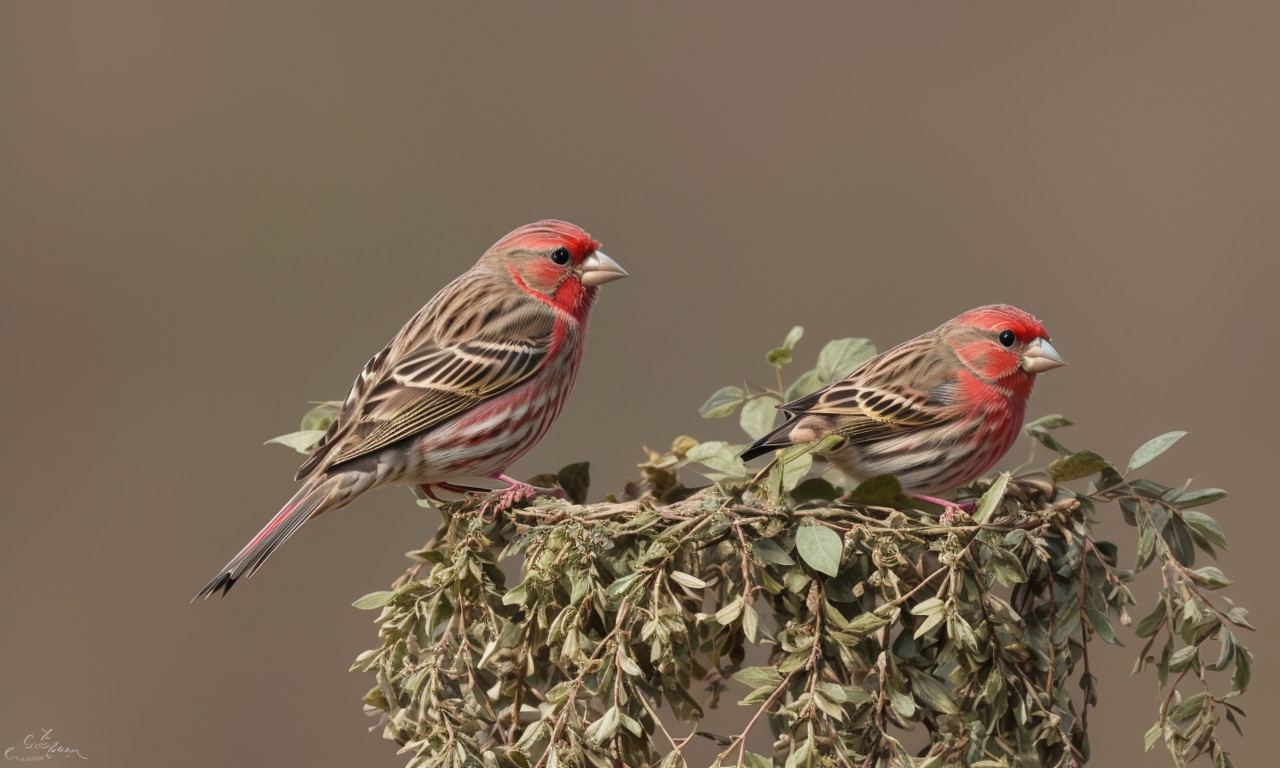
The Blue Egg Phenomenon is a fascinating subject that captivates ornithologists and bird enthusiasts alike. Various bird species lay blue eggs, and among them, the House Finch stands out. Understanding why these eggs are blue involves delving into the genetics, environmental influences, and survival strategies of these birds. The pigmentation of blue eggs often comes from biliverdin, a bile pigment deposited on the eggshell during the laying process. This vibrant coloration may serve multiple purposes, including camouflage from predators and signaling the health and vitality of the laying female.
The House Finch, a common sight across North America, offers a perfect example of this phenomenon. These birds are known to lay eggs that range from pale blue to bluish-green, speckled with fine markings. The coloration can vary depending on the specific environmental conditions and the diet of the female House Finch. Additionally, the blue hue might play a role in thermoregulation, helping to maintain optimal temperature conditions for the developing embryos.
Species like the House Finch continue to inspire research and curiosity due to their unique reproductive traits. By studying these birds, scientists hope to uncover more about the evolutionary advantages of blue eggs, promoting a deeper understanding of avian biology and ecology.
American Robin
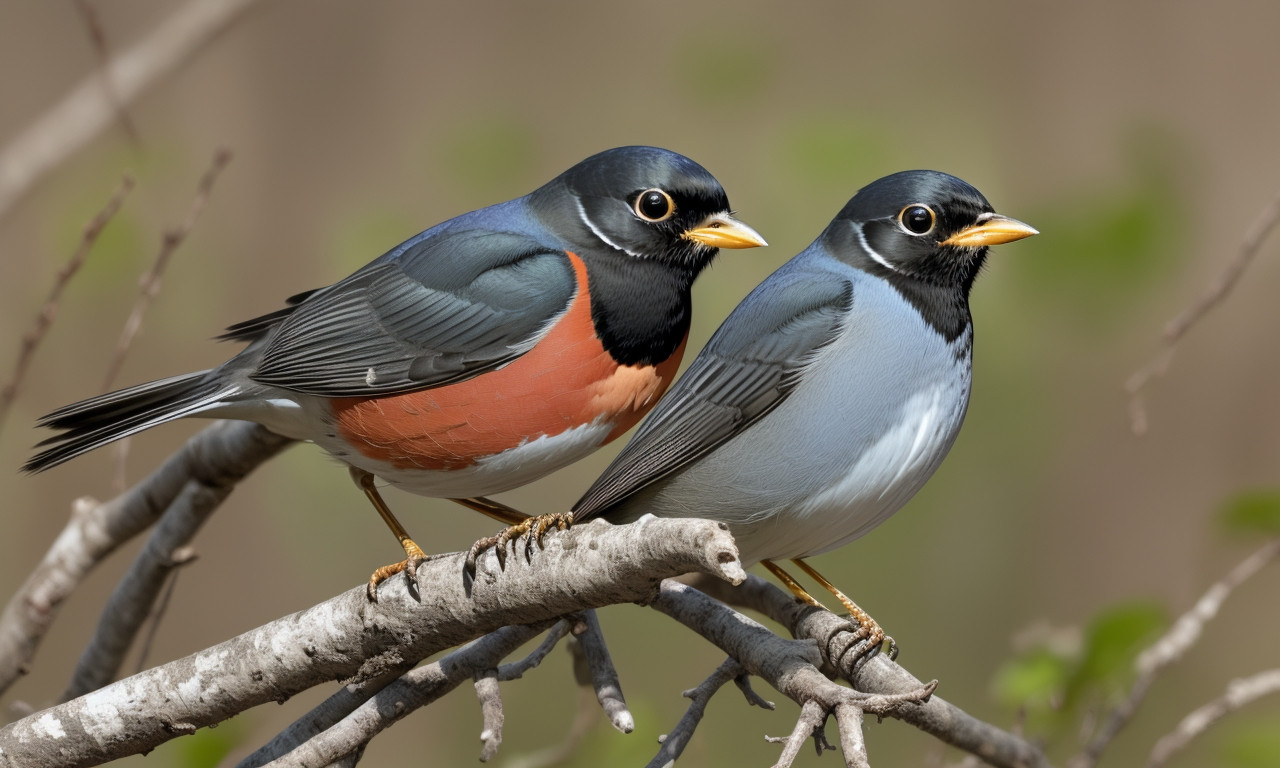
The Blue Egg Phenomenon captivates ornithologists and bird enthusiasts alike. Nature’s palette displays a stunning array of colors, but few are as intriguing as the blue of some bird eggs. One of the most noteworthy examples is the American Robin, whose eggs exhibit this striking hue. But why are bird eggs blue, and what does this mean for the species?
The blue coloration of the American Robin’s eggs is attributed mainly to biliverdin, a pigment deposited on the eggshell during the formation process. This pigmentation not only adds beauty but may serve practical purposes. Some researchers suggest that the blue color might help in regulating temperature, while others believe it could play a role in camouflage, making the eggs less noticeable to predators in their typically open, treetop nests.
Interestingly, the American Robins’ unique adaptation doesn’t stop at aesthetics. Studies show that healthier mother robins lay eggs with a more intense blue color, which may signal to the male that the female is in good health, thus ensuring stronger offspring.
Understanding the intricacies of why bird eggs like those of the American Robin are blue opens a window into the complexities of natural selection and adaptation. This phenomenon continually enriches our appreciation for the subtle, yet profound, wonders of avian biology.
Bluebirds
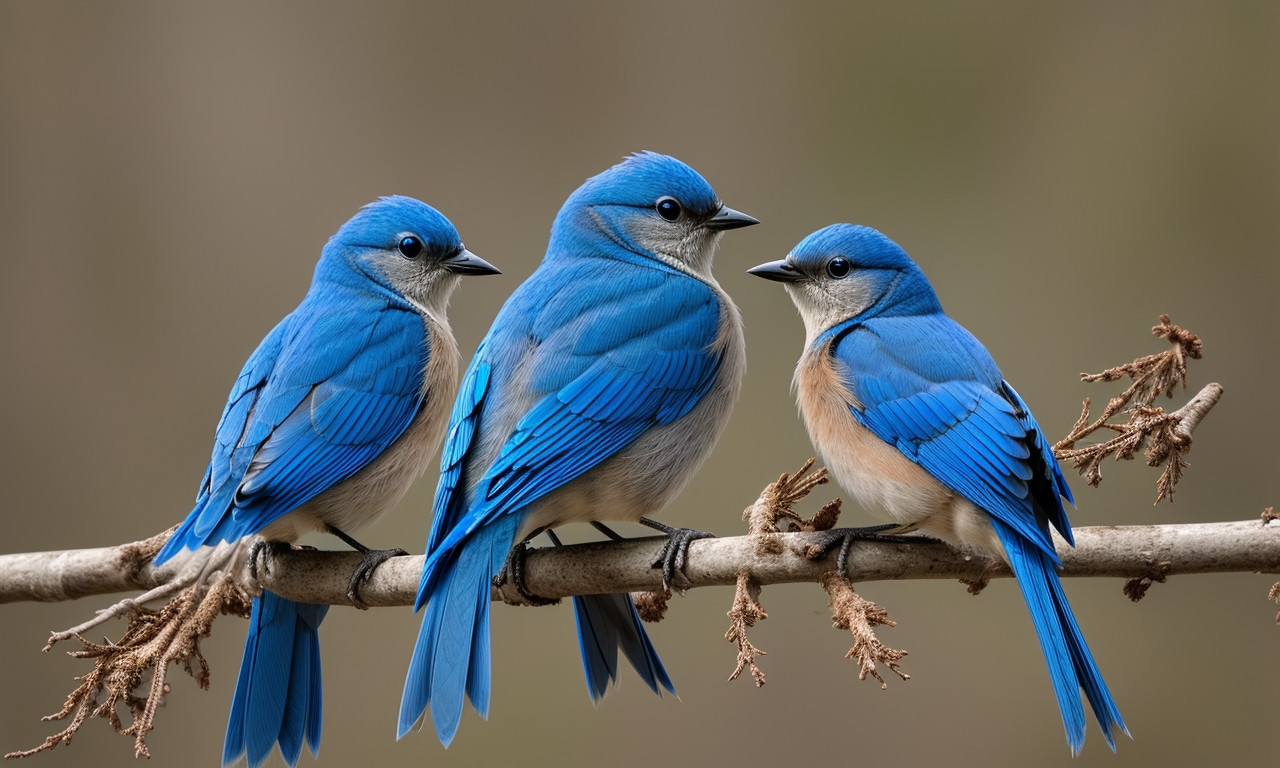
The Blue Egg Phenomenon is a fascinating natural occurrence that has captured the curiosity of bird lovers and scientists alike. One of the most captivating species involved in this phenomenon is the bluebirds. These enchanting birds are known for laying strikingly blue eggs, a topic that has spurred numerous studies and discussions.
The vibrant blue hue of bluebird eggs is believed to serve several purposes. Firstly, it acts as a form of camouflage, blending seamlessly into the surrounding environment. This natural adaptation protects the eggs from potential predators. Secondly, the coloration might signal the health and genetic fitness of the female bluebird to the male, serving as a non-verbal cue during mating season.
Bluebirds are found predominantly in North America and are cherished for their melodious songs and striking appearance. They reside in open woodlands, meadows, and even suburban areas, displaying remarkable adaptability. Observers are often enchanted by their diligent nesting habits and the meticulous care they provide to their eggs.
Understanding the reasons behind the blue eggs also offers insights into the evolutionary strategies of bluebirds. This knowledge not only deepens our appreciation for these beautiful creatures but also highlights the intricate balance of nature’s design. The blue egg phenomenon remains a captivating subject, with bluebirds playing a central and charismatic role in this natural wonder.
Blackbirds

The Blue Egg Phenomenon has captivated bird enthusiasts and scientists alike, prompting many to uncover the reasons behind the unusual coloration and to identify which bird species lay such eggs. Among the numerous species, one of the most notable contributors to this phenomenon is the Blackbird. Typically marked by its dark plumage, the Blackbird contrasts sharply with its stunning blue eggs, creating an intriguing mystery in avian biology.
The blue hue of Blackbird eggs is primarily attributed to the pigment biliverdin, which is deposited on the eggshell during the laying process. This not only makes the eggs visually striking but may also serve practical purposes, such as camouflage in certain environments and providing clues about the health and vitality of the mother bird. Biliverdin is a byproduct of red blood cell breakdown, and higher concentrations often indicate a healthier bird.
Additionally, the blue coloration can offer thermal benefits, suggesting an evolutionary advantage. The eggs’ tint helps in regulating temperature, ensuring optimal incubation conditions. Observing the Blue Egg Phenomenon in Blackbirds enhances our understanding of avian reproductive strategies and ecological adaptations. By studying these striking eggs, ornithologists and nature lovers can gain deeper insights into the complex behaviors and environmental interactions of Blackbirds.
Crows

The Blue Egg Phenomenon has long fascinated ornithologists and bird enthusiasts alike, sparking curiosity about why certain bird eggs exhibit such an enchanting color. This unique adaptation can be observed in various species, including the American Robin, the Eastern Bluebird, and even the humble House Finch. While the primary focus often remains on these species, it’s intriguing to note that crows also play a crucial role in the larger conversation about avian egg coloration.
Crows, with their intelligent behaviors and complex social structures, are generally known for their all-black appearance rather than for the color of their eggs. However, understanding their nesting habits and egg characteristics can provide context and contrast, enriching our comprehension of blue eggs.
For instance, while most crow species lay eggs that are more muted in color, their nesting environments can offer insights into why other species might produce blue eggs. Factors such as camouflage, sun protection, and sexual selection could be driving forces behind this vivid blue hue. As different bird species have adapted to their environments in various ways, studying crows alongside blue-egg layers can reveal much about evolutionary strategies.
Thus, examining crows within this phenomenon allows for a holistic approach, lending depth to our understanding of why blue eggs exist and how they benefit the species that lay them.
Wood Thrush
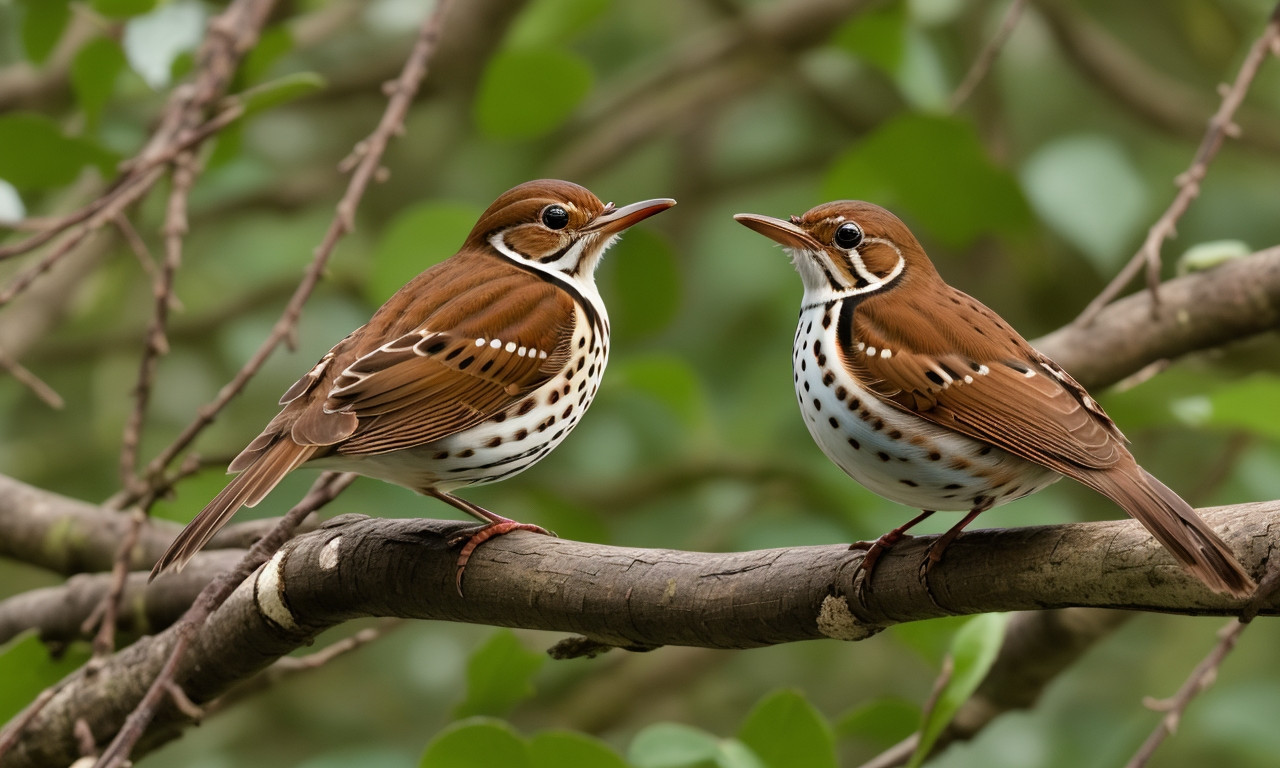
The Blue Egg Phenomenon has long fascinated bird enthusiasts and scientists alike, particularly when it comes to species like the Wood Thrush. The vibrant blue hue of their eggs is not only visually striking but also has biological significance. The primary reason behind this intriguing coloration involves a pigment called biliverdin, which is deposited on the eggshell as it passes through the bird’s oviduct. Higher levels of biliverdin result in more vividly colored eggs.
However, the blue coloration of the Wood Thrush’s eggs goes beyond mere aesthetics. It is believed that the blue pigment provides several advantages, including camouflage from predators and UV protection. Camouflage helps these eggs blend into their surroundings, making it harder for predators to spot them. Meanwhile, the pigment’s UV-protective properties may safeguard the developing embryo from harmful solar radiation, thereby increasing the chances of survival.
The Wood Thrush’s choice of nesting sites also complements their egg coloration. These birds typically nest in shaded areas of deciduous forests, where the dappled light filtering through the leaves may further hide the blue eggs from potential threats. This ecological and evolutionary strategy has made the Wood Thrush’s blue eggs a remarkable example of nature’s ingenuity.
Grackles
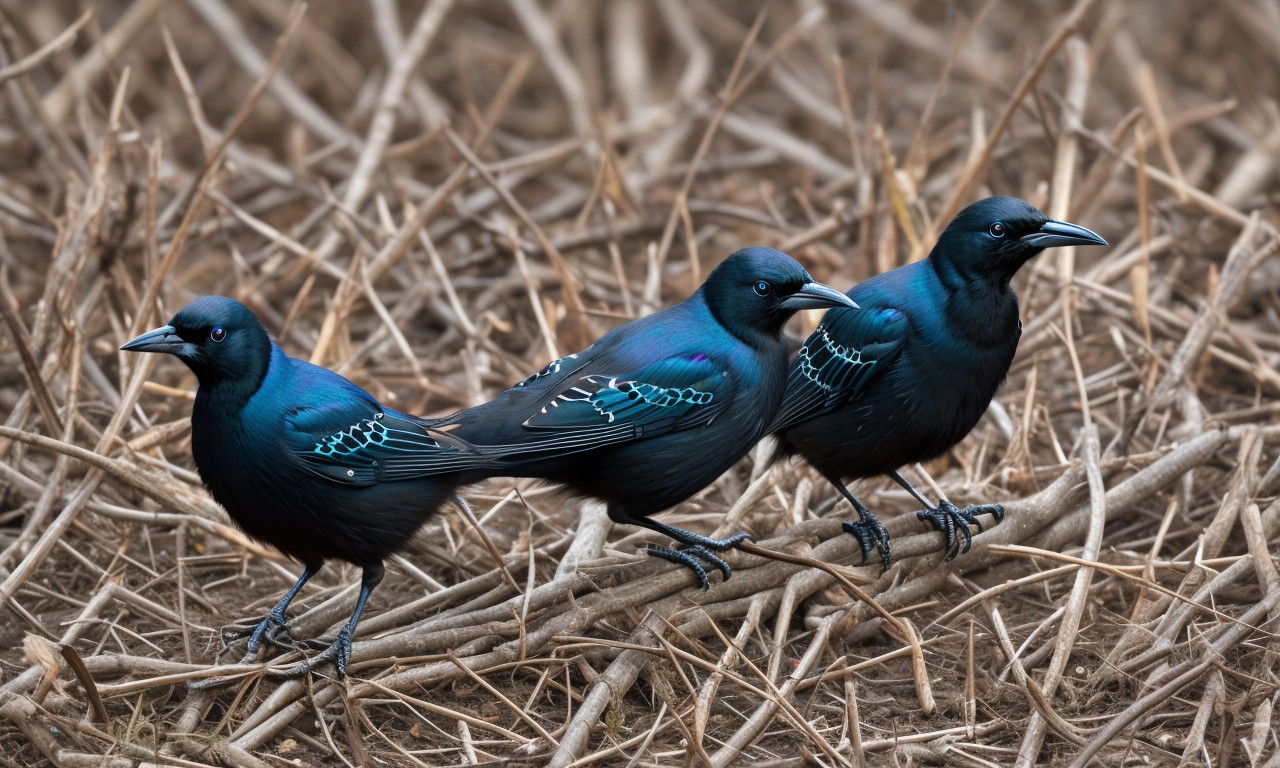
The Blue Egg Phenomenon is a captivating subject in the avian world, sparking curiosity about why certain bird species lay blue eggs. Among these intriguing birds are grackles, which belong to the Icteridae family. Grackle eggs exhibit a striking blue hue with intricate speckling, differing significantly from the more common white or brown eggs.
This coloration is caused primarily by biliverdin, a pigment deposited on the eggshell during the calcification process. The exact reason behind this pigmentation is still a topic of scientific debate. Some researchers propose that the blue color may serve as camouflage, blending seamlessly with the bird’s nest environment and offering protection against predators. Others suggest that the coloration could signal maternal health and genetic fitness, influencing mate selection.
Grackles, which are commonly found across North America, have a fascinating reproductive process. Their nests are typically constructed in shrubs or trees, often near water sources. As omnivores, grackles feed on a diverse diet, including insects, seeds, and small vertebrates. The bright blue eggs reflect the intricate balance between nature and nurture, hinting at the evolutionary advantages of such pigmentation. Observing these eggs provides insight into the complexities of bird biology and raises further questions about adaptation and survival in the wild.
In sum, grackles contribute to the diverse tapestry of bird species exhibiting the Blue Egg Phenomenon. Understanding the reasons behind their blue eggs not only enriches our knowledge of grackles but also deepens our appreciation for nature’s intricate designs.
Magpies
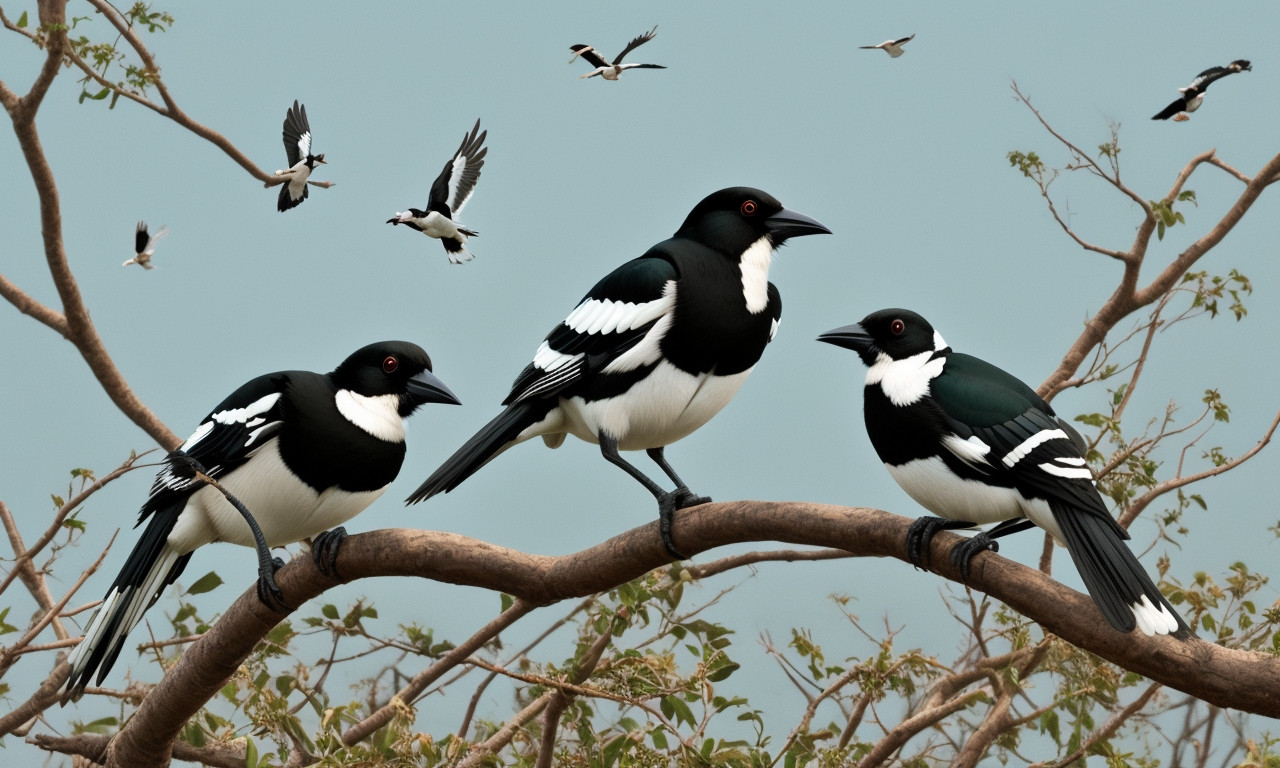
The Blue Egg Phenomenon is a captivating subject in the realm of ornithology, leaving many intrigued about why certain bird eggs, particularly those of magpies, exhibit such striking hues. Magpies, belonging to the Corvidae family, lay eggs that range from pale blue to vivid turquoise, a phenomenon that has fascinated scientists and bird enthusiasts alike.
The coloration of these eggs is primarily due to the presence of biliverdin, a pigment that imparts the blue-green shade. This blue egg trait is thought to have several evolutionary benefits for magpies. It serves as camouflage, blending seamlessly with the surroundings, which provides protection against predators. Moreover, it’s believed that the vibrant color signalizes the health and viability of the eggs, which in turn affects parental investment and care.
Magpies, known for their intelligence and social structures, pick nesting sites that complement the coloration of their eggs, enhancing the survival chances of their offspring. Understanding the Blue Egg Phenomenon in magpies sheds light on broader evolutionary mechanisms and the intricate balance of natural selection. Observing these beautiful blue eggs not only offers a glimpse into the complex world of avian life but also underscores the myriad ways nature ensures the continuation of a species.
Gray Catbird

The Blue Egg Phenomenon presents an intriguing question that has fascinated ornithologists and nature enthusiasts alike: Why are some bird eggs blue? Among the myriad of birds that lay these azure-hued eggs, the Gray Catbird stands out as a key species. This mimic thrush, named for its cat-like call, is native to North and Central America and is known for the distinctive blue hue of its eggs.
The Gray Catbird’s eggs, like those of other birds with similarly colored shells, garner their blue pigmentation from the presence of biliverdin—a bile pigment deposited during eggshell formation. This coloration not only contributes to the eggs’ aesthetic appeal but also serves practical purposes, such as camouflage and temperature regulation. Research suggests that the vibrant blue can also signal the health of the female to potential mates, indicating her overall genetic fitness and the likelihood of producing robust offspring.
Of course, the Gray Catbird isn’t alone in this pattern; species like the American Robin and the Eastern Bluebird also lay blue eggs. However, the captivating coloration and the associated behaviors of the Gray Catbird undeniably make it a focal point in studying and appreciating the marvels of avian reproduction. Understanding the reasons behind the blue eggs of the Gray Catbird and others enriches our knowledge of avian biodiversity and evolutionary strategies.
Dunnock
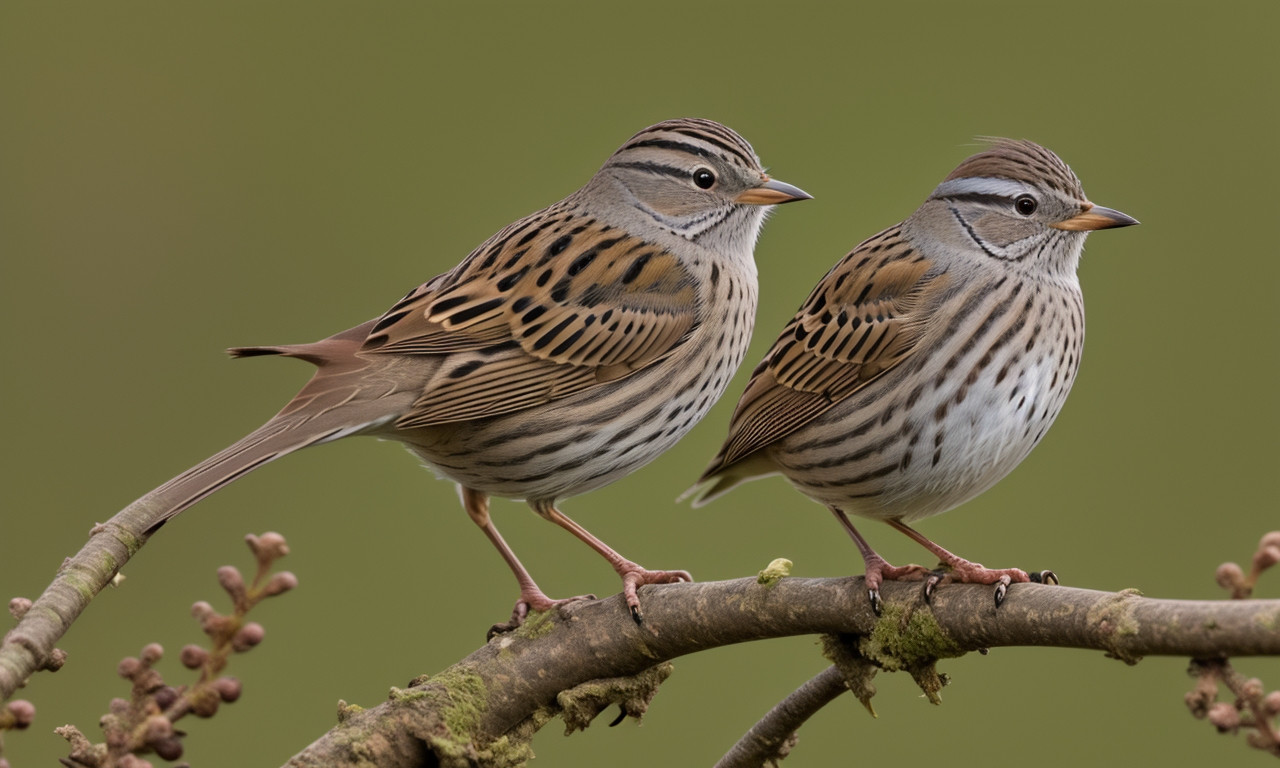
The Blue Egg Phenomenon has long intrigued both ornithologists and bird enthusiasts. One of the most captivating examples of this is the egg of the Dunnock, also known as the Hedge Sparrow. These charming little birds lay strikingly blue eggs that stand out amidst their drab, camouflaged nests. The vibrant blue coloration of Dunnock eggs is a result of biliverdin, a pigment that also gives a greenish hue to some birds’ eggs.
The reasons behind this phenomenon are multifaceted. Not only does the blue hue help in regulating the internal temperature of the eggs by reflecting harmful UV rays, but it may also play a role in sexual selection. Females that can produce brilliantly colored eggs may be signaling their health and genetic fitness to potential mates.
Dunnocks aren’t unique in producing blue eggs; several other species like American Robins and Eastern Bluebirds also lay blue eggs. However, what sets them apart is their nesting behavior and habitat preference, often found in hedgerows and gardens where their eggs can remain relatively hidden from predators despite their conspicuous color. Understanding why bird eggs, including those of Dunnocks, are blue opens a window into the complex interplay of genetics, environmental adaptation, and evolutionary biology.
Snowy Egret
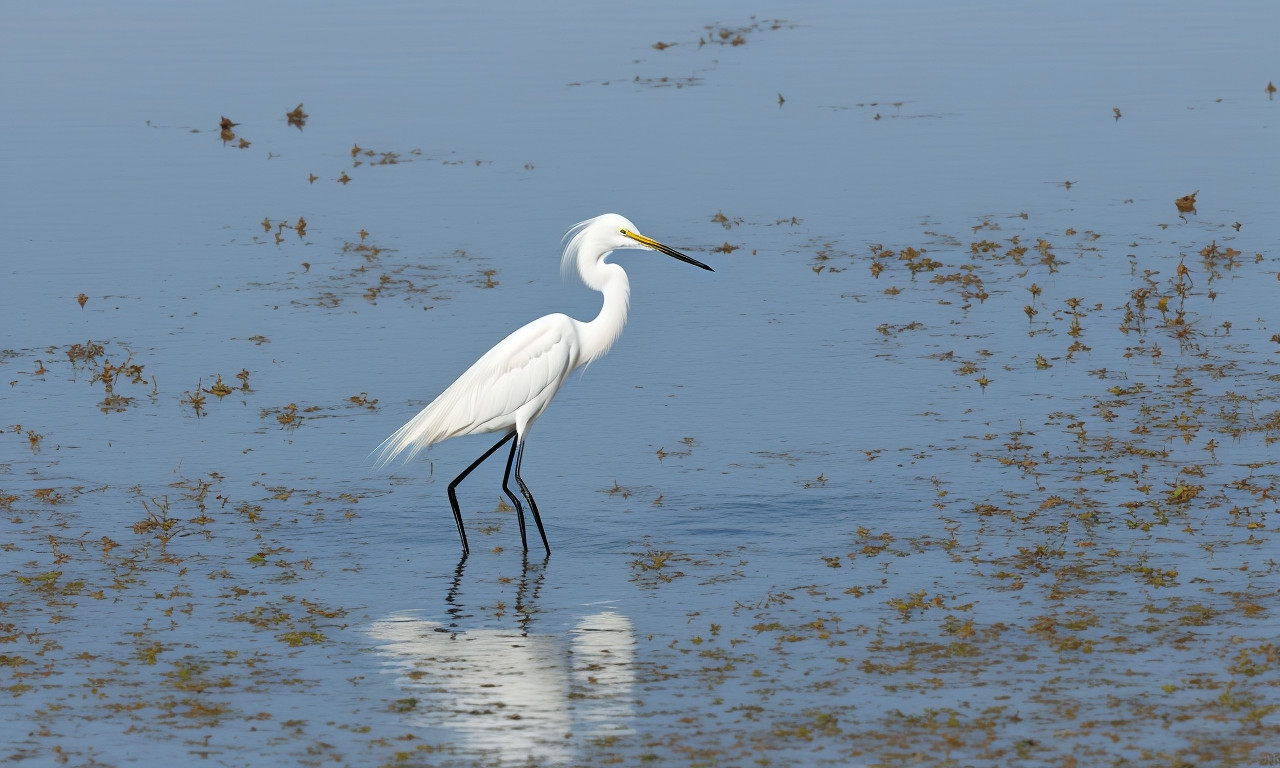
The Blue Egg Phenomenon captivates ornithologists and bird enthusiasts alike. One of the most intriguing aspects is why certain bird species, such as the Snowy Egret, lay blue eggs. This coloration serves not only aesthetic appeal but also functional purposes. The blue pigment, biliverdin, is thought to protect developing embryos from ultraviolet light and potential microbial harm.
Snowy Egrets, elegant birds often seen gracefully wading through marshlands, are a key species exhibiting this phenomenon. Their vivid blue eggs are not just a breeding marvel but also an evolutionary marvel. These blue eggs, housed in nests located high in trees or shrubs, add an extra layer of camouflage against predators.
Delving deeper into avian habitats, environments like wetlands provide the Snowy Egret an ideal setting for raising their young. Here, both the striking plumage of the adult egrets and the distinctive hue of their eggs converge to tell an evolutionary story. Blue eggs are a result of natural selection, offering a survival advantage not seen in plain white or brown eggs.
The Blue Egg Phenomenon among species such as the Snowy Egret remains a subject of ongoing research, continually unveiling fascinating insights into the adaptive strategies of birds. This unique coloration demonstrates nature’s ingenuity in enhancing reproductive success and species survival.
Green Heron
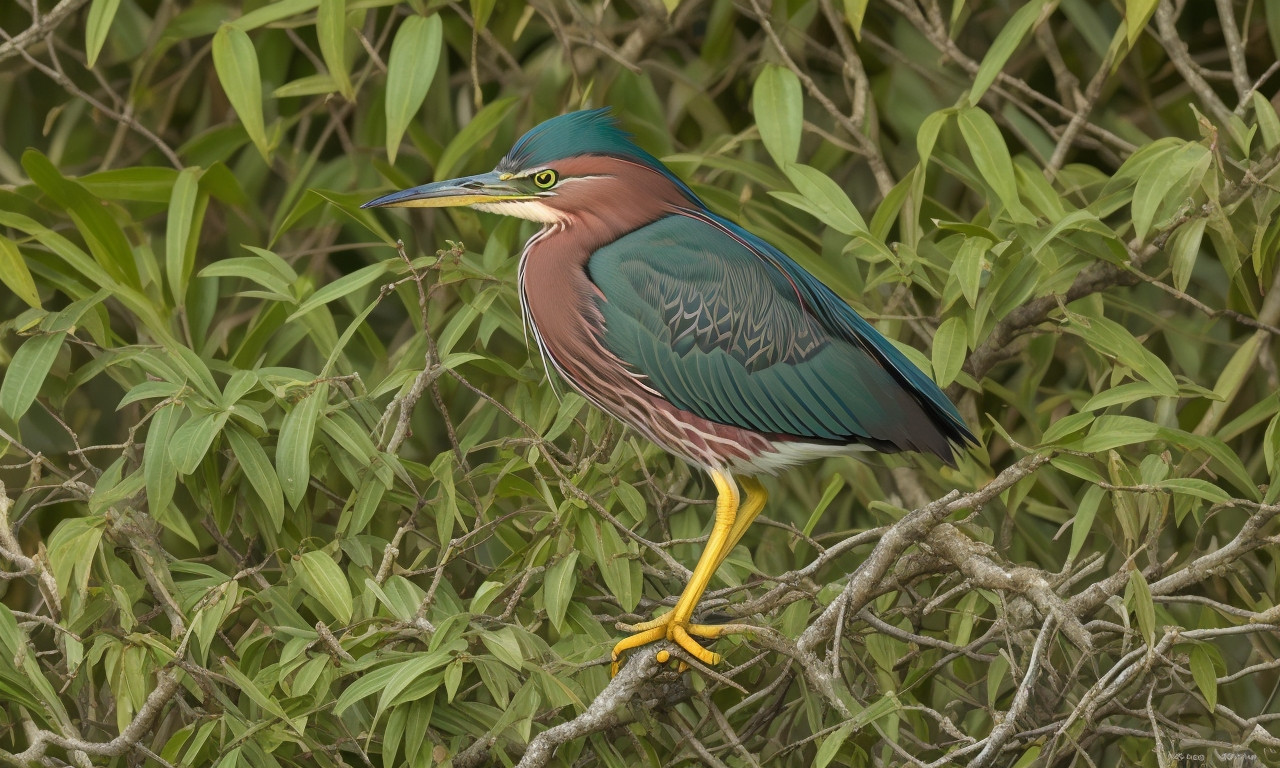
The Blue Egg Phenomenon is a captivating subject in ornithology, shedding light on why bird eggs exhibit a blue hue. Among various species, the Green Heron stands out as one of the remarkable birds laying these vividly colored eggs. Green Herons are small wading birds known for their striking plumage and remarkable fishing skills. The greenish-blue eggs of this species are a defense mechanism to enhance camouflage, blending seamlessly with their natural habitat.
Scientists believe that the pigmentation of these eggs plays a crucial role in protecting the offspring from predators. The blue coloration, attributed to biliverdin, a bile pigment, gives the eggs their distinctive shade and can also serve as a protective barrier against harmful UV radiation. This adaptation is particularly beneficial for species like the Green Heron, which nests in areas exposed to the elements.
Furthermore, the blue coloration can act as a signal of egg health; healthier female Green Herons produce more vibrantly colored eggs, indicating better genetics and stronger offspring potential. This fascinating link between egg color and reproductive success continues to intrigue both ornithologists and bird enthusiasts. Understanding the Blue Egg Phenomenon in species such as the Green Heron not only uncovers the intricacies of avian biology but also underscores the delicate balance of nature’s evolutionary strategies.
Blue Grosbeak

The Blue Egg Phenomenon captivates bird enthusiasts and researchers alike, prompting the question: why are bird eggs blue? One compelling answer lies within the Blue Grosbeak, a species contributing to this natural marvel. Blue Grosbeaks, with their vivid cobalt feathers and melodic songs, are known for laying strikingly blue eggs. The pigmentation of these eggs is derived from biliverdin, a pigment deposited as the eggshell forms.
The blue coloration is not just eye-catching but also functional. It offers camouflage against predators, blending seamlessly with foliage and sky, which enhances the survival rate of Blue Grosbeak chicks. Moreover, the coloration signifies healthy females, as only those in good condition can produce vividly colored eggs.
Blue Grosbeaks typically nest in shrubby areas or woodland edges, and their nests are carefully constructed to protect these azure treasures. Observing Blue Grosbeak eggs can provide insights into the broader patterns of avian reproduction and survival strategies. These insights contribute to our understanding of other bird species exhibiting similar blue egg phenomena.
In essence, studying the Blue Grosbeak and its eggs offers a window into the intricate balance of nature, where beauty and practicality merge seamlessly in the survival game. The Blue Grosbeak thus plays a significant role in elucidating the mysteries behind the blue egg phenomenon.




